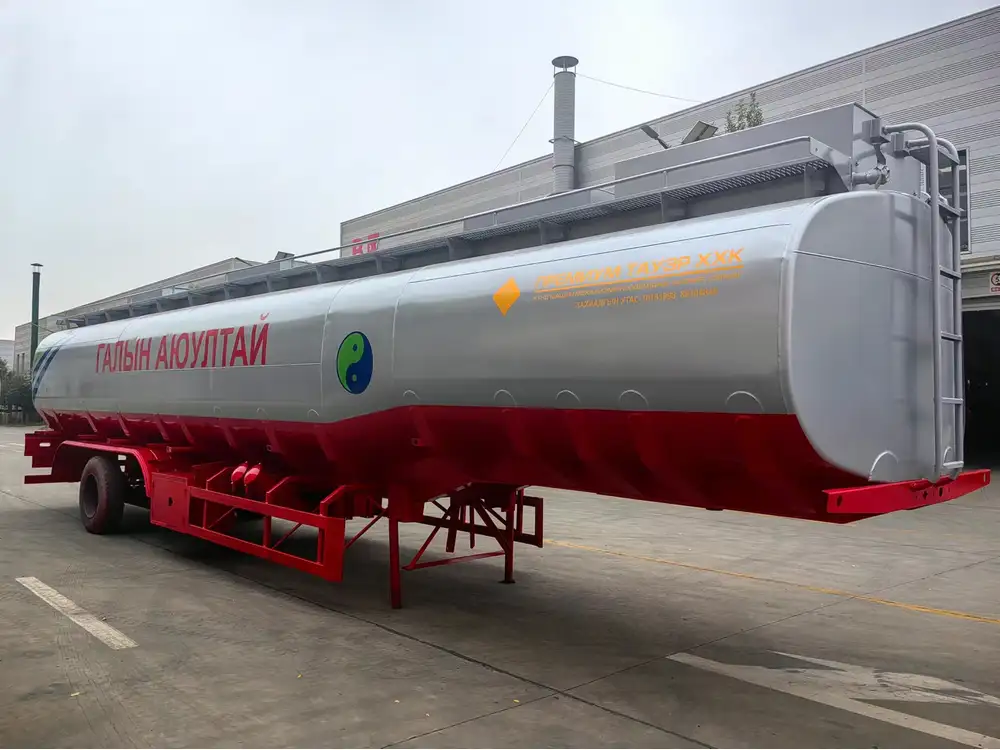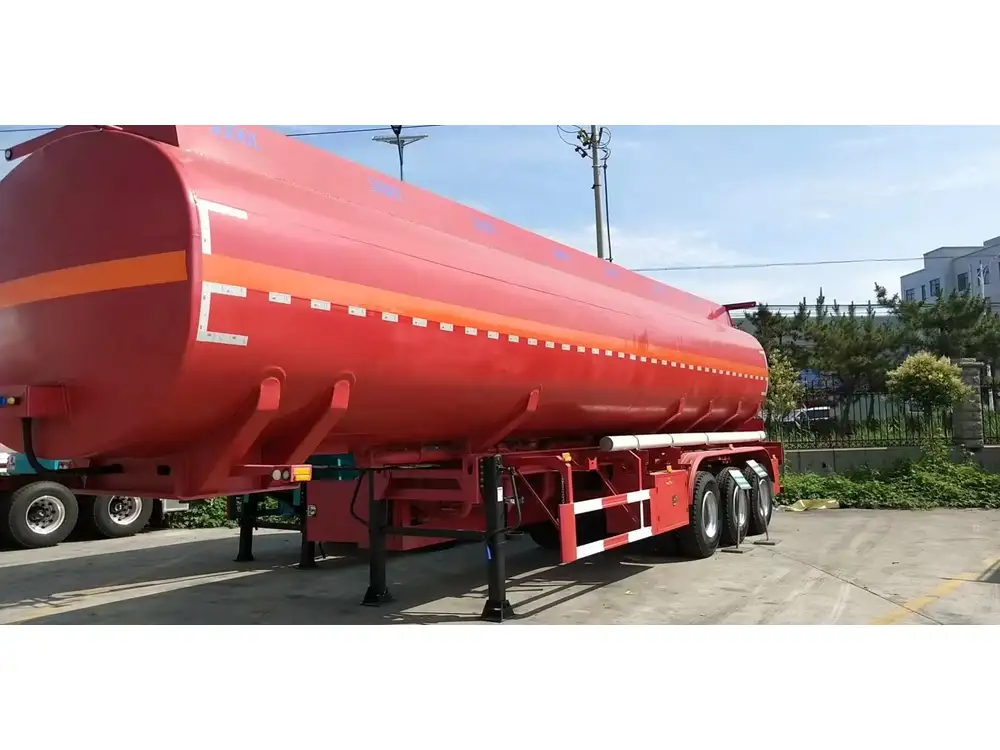When it comes to transporting heavy equipment, understanding compatibility between pieces of machinery and transport vehicles is crucial for efficiency and safety. One query that arises frequently among construction professionals, landscapers, and equipment rental companies is whether a mini excavator can fit inside a dump trailer. This question not only has practical implications but also impacts transportation costs, project timelines, and operational efficiency. In this article, we will delve deep into the dimensions, features, and considerations surrounding the compatibility of mini excavators with dump trailers.
Understanding Mini Excavator Dimensions
Before assessing whether it’s possible to fit a mini excavator within a dump trailer, it’s essential to understand the dimensions typically associated with mini excavators. Mini excavators, commonly referred to as compact excavators, vary in size based on the model and manufacturer. Here’s a detailed comparison of various mini excavator sizes:
| Brand | Model | Length (in) | Width (in) | Height (in) | Weight (lbs) |
|---|---|---|---|---|---|
| Bobcat | E165 | 171.8 | 60 | 94.5 | 16,750 |
| Caterpillar | 302.7 CR | 156.5 | 62 | 84 | 6,400 |
| Kubota | KX057-4 | 179.5 | 70.5 | 97 | 11,030 |
| John Deere | 35G | 145.7 | 54.1 | 87.4 | 7,500 |
Key Considerations:
- Length & Width: These dimensions play a significant role in determining whether a mini excavator can fit into a particular dump trailer.
- Height: While less critical than length and width when considering fit, the height of the equipment can affect loading angles and ramp lengths.
- Weight Capacity: Dump trailers have specific load ratings that must not be exceeded. It’s crucial to check the weight of the excavator alongside other materials being transported.
Dump Trailer Specifications
Just as understanding the mini excavator dimensions is vital, it’s equally necessary to examine dump trailer specifications. Dump trailers come in various sizes, designed to accommodate different types of loads and equipment. Below is a table showcasing standard dump trailer sizes and capacities:
| Trailer Type | Length (ft) | Width (ft) | Height (ft) | Max Load Capacity (lbs) |
|---|---|---|---|---|
| 6×10 Dump Trailer | 10 | 6 | 2.5 | 3,000 |
| 7×12 Dump Trailer | 12 | 7 | 3 | 6,000 |
| 8×16 Dump Trailer | 16 | 8 | 4 | 10,000 |
| 8.5×24 Dump Trailer | 24 | 8.5 | 5 | 14,000 |
Max Load Capacity: A trailer’s load capacity is determined by its build structure and materials used in its manufacture. Always ensure that the dumper can handle the weight of both the mini excavator and any additional cargo.

Compatibility Analysis: Mini Excavators and Dump Trailers
Step 1: Measure the Mini Excavator
Start by obtaining the full dimensions of your specific mini excavator model. Utilize these dimensions to ensure that it can fit within the confines of the dump trailer.
Step 2: Evaluate the Dump Trailer
Investigate the specifications of the dump trailer you intend to use. The total dimensions (internal length, width, and height) must exceed those of the mini excavator to prevent complications during transportation.

Step 3: Loading Assistance
Factors such as the availability of loading ramps, ground clearance, and the overall terrain play a significant role in the loading process. If a mini excavator is taller than the sides of the dump trailer, loading it could be challenging even if the lengths and widths align.
Step 4: Weight Considerations
It is imperative that the combined weight of the mini excavator and any additional cargo does not exceed the dump trailer’s maximum load capacity. Overloading can lead to poor performance, lack of stability, and potentially dangerous conditions during transportation.
Practical Loading and Unloading Tips
Once compatibility is established, it’s essential to employ safe techniques for loading and unloading your mini excavator into the dump trailer. Adhering to best practices ensures the longevity of both the excavator and the trailer while also maximizing safety.
- Pre-Loading Inspection: Conduct thorough inspections of both the excavator and the trailer prior to the loading process.
- Use Proper Ramp Equipment: Utilize ramps that are secure and rated for the combined weight of the trailer and excavator.
- Engage the Brake System: Ensure that the excavator’s parking brake is fully engaged to prevent rolling during transport.
- Center the Load: When loading the excavator, position it in the center of the trailer to maintain balanced weight distribution.
- Secure the Excavator: Utilize straps to secure the excavator once loaded. This prevents shifting during transportation.

Addressing Common Concerns
Will My Mini Excavator Fit?
The answer largely depends on the model of mini excavator and the height, width, and length of the dump trailer you select. Always cross-reference your specifications to avoid mishaps.
Is It Safe to Transport a Mini Excavator in a Dump Trailer?
As long as the mini excavator is within the load specifications of the trailer and loaded properly, it is generally safe. Ensure that all safety protocols are followed.

Can I Use a Larger Trailer for Smaller Equipment?
While technically possible, using a larger trailer for a smaller piece of equipment can lead to unnecessary fuel consumption and underperformance. Optimize the load for efficiency.
Conclusion: Making the Right Move
The compatibility of mini excavators with dump trailers is dictated by a multitude of factors, including dimensions, weight, and loading methods. By methodically analyzing these elements and adhering to best practices, you can facilitate seamless transportation of your equipment while minimizing risks.
For those engaged in industries where heavy machinery is an everyday necessity, knowledge regarding the fit and secure transport of mini excavators in dump trailers is invaluable. Staying informed ensures improved efficiency, heightened safety, and ultimately more successful project completions.
Consider engaging with your trailer or excavator manufacturer for tailored advice to ensure that your chosen equipment can safely meet your transportation needs. The right preparation will allow you to navigate your projects with confidence and peace of mind.



